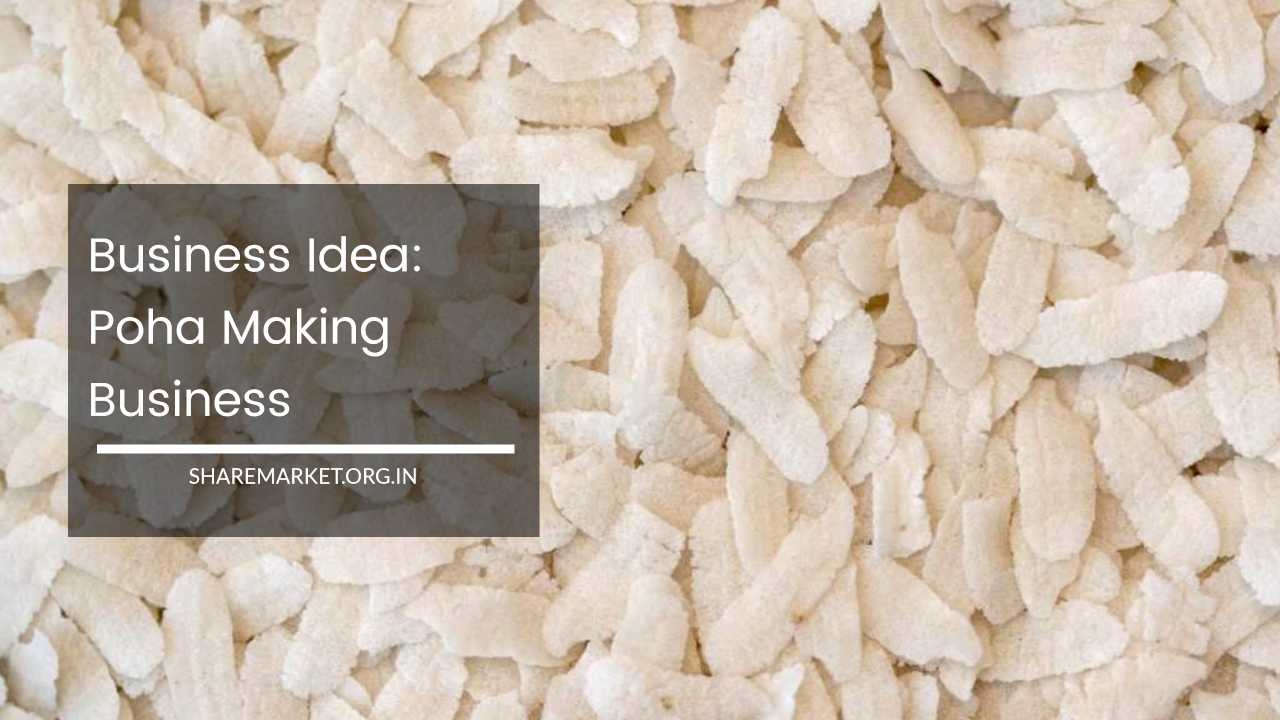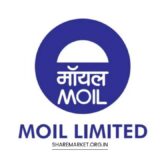Business Idea: Poha Making Business

Poha Making Business
Starting a Poha (flattened rice) making unit can be an excellent business option with minimal initial investment and the potential for a better income. Here’s an expanded version of the information:
The Poha manufacturing business presents a unique opportunity for aspiring entrepreneurs seeking a business venture with low startup costs.
What sets this business apart is the consistent demand it enjoys throughout the year. Poha is a popular breakfast dish loved by people of all ages, making it a reliable source of revenue irrespective of the season.
Poha is gaining recognition for its nutritional value and health benefits, leading to an increased demand in the market. By establishing a Poha manufacturing unit, you can capitalize on this growing demand and create a profitable business.
According to the project report by the Khadi and Village Industries Commission (KVIC), the estimated cost to start a Poha manufacturing unit is approximately Rs. 2,43,000. The KVIC offers the opportunity to avail up to 90% financing, allowing you to begin this venture with an initial investment of around Rs. 25,000.
To set up the business, you’ll need a land area of approximately 500 square feet. Additionally, you’ll require essential equipment such as a furnace, Poha-making machine, packing machine, and drum to facilitate the manufacturing process efficiently.
The KVIC report advises starting with a small quantity of raw materials and gradually increasing production as you secure better contracts and expand your business network. This gradual approach allows you to fine-tune your operations and scale your production capacity effectively.
Under the Gramodyog Rozgar Yojana, you can apply for a loan and potentially secure up to 90% financing by preparing a well-structured project report. Leveraging the support provided by KVIC to promote village industries can significantly benefit your business.
In terms of profitability, the key lies in procuring quality raw materials, which would cost approximately Rs. 6,00,000.
Additionally, you’ll need to allocate an extra expense of around Rs. 50,000. With these resources, you can produce approximately 1000 quintals of Poha.
Considering a production cost of Rs. 8,60,000, if you can sell the 1000 quintals of Poha for approximately Rs. 10,00,000, you can expect a profit of around Rs. 1,40,000.
To ensure long-term success and financial stability, it is crucial to manage production efficiently, maintain high-quality standards, and explore potential market opportunities.
By continuously refining your manufacturing processes, delivering top-notch products, and staying ahead of market trends, your Poha manufacturing business can thrive and establish a strong presence in the industry.
When venturing into a Poha manufacturing business, here are some key points to remember:
1. Market Research
Conduct thorough market research to understand the demand for Poha in your target market. Identify your potential customers, their preferences, and competitors operating in the same market.
2. Business Plan
Develop a comprehensive business plan that outlines your objectives, target market, pricing strategy, production process, distribution channels, marketing approach, and financial projections. This plan will serve as a roadmap for your business’s success.
3. Equipment and Infrastructure
Invest in the necessary equipment for Poha manufacturing, such as Poha-making machines, furnaces, packaging machines, and storage facilities. Ensure they are of good quality and suitable for your production needs.
4. Raw Materials
Source high-quality raw materials, including flattened rice, spices, and other ingredients required for Poha production. Establish relationships with reliable suppliers to ensure a consistent supply of quality ingredients.
5. Standardized Recipes
Develop standardized recipes for your Poha products, focusing on taste, flavor, and consistency. Experiment with different variations to offer a diverse range of Poha options to cater to various customer preferences.
6. Hygiene and Quality Control
Maintain strict hygiene standards throughout the manufacturing process. Ensure that your production facility is clean, and employees follow proper hygiene practices. Implement quality control measures to deliver a consistent and high-quality product.
7. Packaging and Labeling
Invest in attractive and hygienic packaging for your Poha products. Use clear labels that include important information such as ingredients, nutritional value, manufacturing date, and shelf life.
Packaging should be sturdy to protect the product during transportation and storage.
8. Marketing and Branding
Develop a strong brand identity for your Poha manufacturing business. Utilize various marketing channels, such as social media, local advertising, and collaborations with local stores or events, to promote your products and reach your target audience.
9. Distribution and Sales
Establish a distribution network to ensure your Poha reaches customers efficiently. Explore partnerships with local grocery stores, supermarkets, restaurants, and online platforms to expand your reach and sales.
10. Compliance and Licensing
Ensure that you comply with all legal and regulatory requirements related to food safety, hygiene, and licensing. Obtain the necessary permits and certifications to operate your Poha manufacturing business legally.
11. Customer Feedback and Satisfaction
Seek feedback from your customers to understand their preferences and satisfaction levels. Address any concerns or complaints promptly and strive to continuously improve your products and services.
12. Continuous Innovation
Stay updated with industry trends, customer preferences, and market demands. Innovate by introducing new flavors, variations, or packaging options to keep your Poha products fresh and appealing to customers.
By considering these key points, you can establish a successful and sustainable Poha manufacturing business.
Continuously adapt and improve your operations to meet customer expectations and maintain a competitive edge in the market.

















